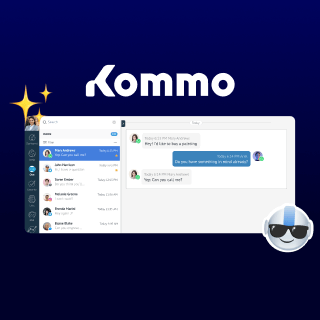Set up and customize broadcasts in Kommo
Available in Advanced and Enterprise plans or an active 14-day trial.
Only users with Administrator permissions can create and send broadcasts. Leads will be excluded from broadcasts if:
What is broadcasting?
Before setting up broadcasts
-
Open WhatsApp > Broadcasting .
To help you launch your first broadcast, Kommo provides a quick setup process:
-
If you've connected a channel, skip this step. If not, click Connect channels to add one.
You can also upload an Excel file or connect a Google Sheets file for direct import. Click Import leads to upload a file with additional leads:
-
Start setting up a broadcast by clicking New broadcast.
How to set up broadcasting?
Bot broadcasts
-
Open Leads and click the ellipsis button. Click New broadcast .
-
Select Bot broadcast.
-
Select an existing bot from the dropdown menu, or click Create a new bot to set one up. Only active bots will appear in the dropdown.
-
Click Next to proceed or Cancel to exit the window without saving.
-
Add a name for your broadcast in the Broadcast name field and set the launch time (send immediately or schedule for later).
-
Click Finish .















